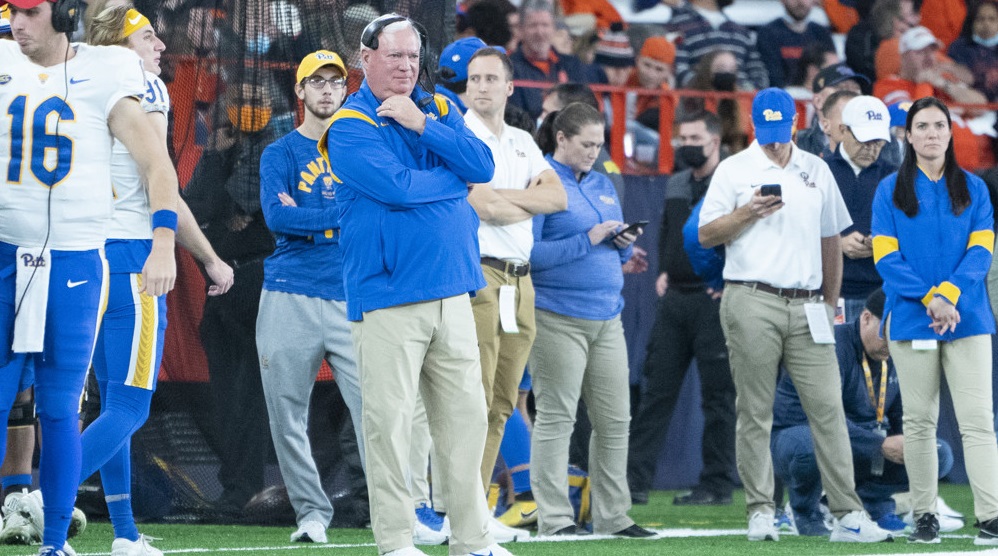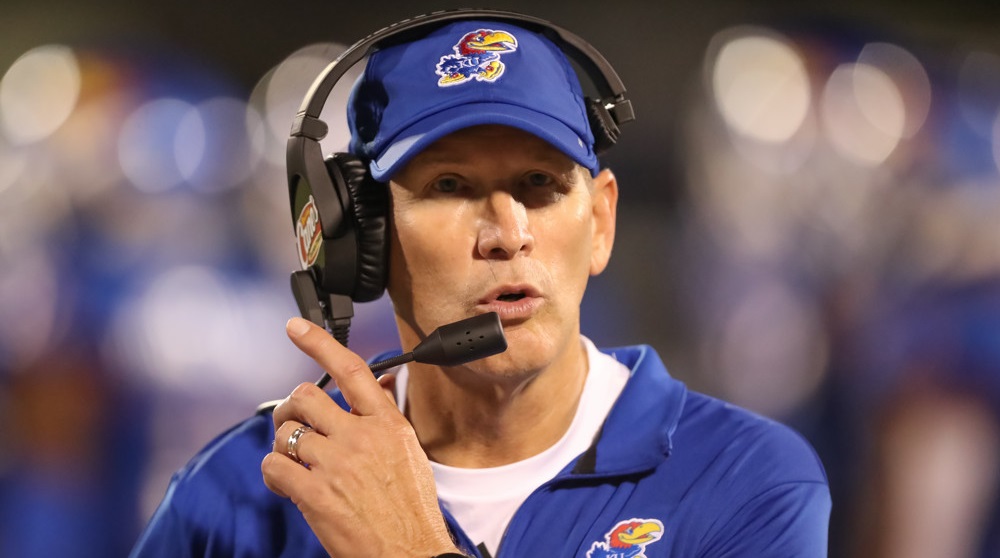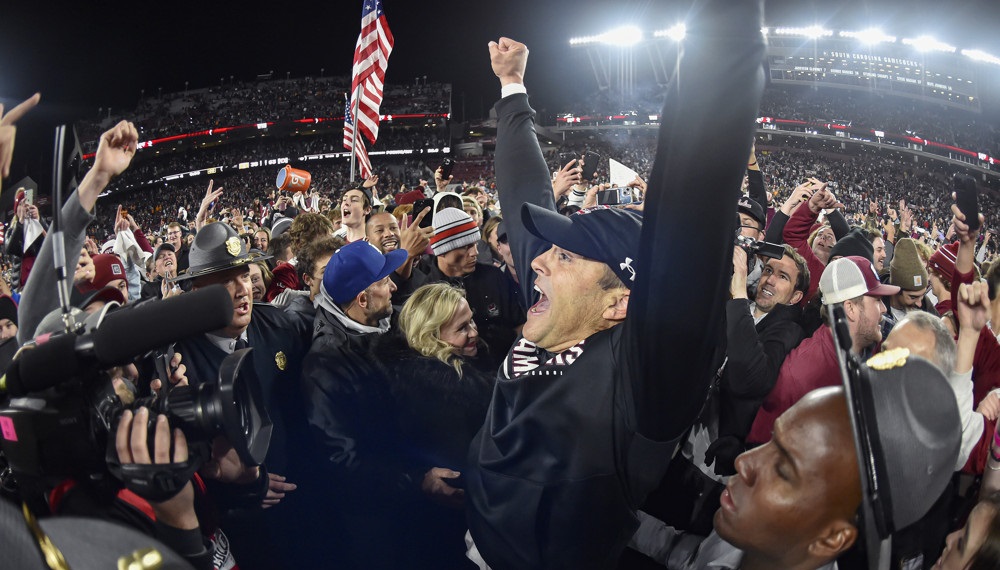By BEN HRKACH
After an unprecedented season of college football, as well as other sports both collegiate and professional, the NCAA has decided that it will allow any student-athlete to transfer from their school to another without any restrictions on when they can play. Along with allowing all players to retain the eligibility they held entering the 2020 season, college football has had an influx of movement that resembles the NFL’s free agency period.
While the NCAA traditionally requires players to sit out one full season after transferring to a new school, they have been leaning towards allowing players to move more freely. The 2011 season was the first year that players that had graduated from their current school could transfer to a new program and be immediately eligible to play.
This move was most famously executed by Russell Wilson leaving NC State and landing in Wisconsin. In more recent years, an increasing amount of hardship waivers have been granted by the NCAA to players that are leaving a program due to “mitigating circumstances that caused a deficiency”. These waivers allow players to play immediately for a new program.
Perhaps the most prominent transfer this year is Florida State’s McKenzie Milton.
Backstory
Milton last played for UCF in 2018. After helming a magical undefeated 2017 campaign that caused speculation about whether UCF should be one of the 4 CFP teams, Milton led the Knights to a 10-0 start. Unfortunately, Milton suffered a horrific knee injury against rival USF that left him wondering if he would ever regain use of his leg, let alone play football again.
But Milton has now been cleared medically and will be competing for the Florida State Seminoles. Though the distance from Orlando to Tallahassee is not substantial, Milton’s journey from operating table to gridiron and AAC to ACC will be one to observe.
How he’s fared
When last on the field in 2018, Milton was one of the most effective QB’s in the country. Per SIS’s IQR (a metric that takes traditional Passer Rating and factors out uncontrollable factors such as dropped passes), Milton was 8th in the country at 124.6. That is one spot behind first-round draft pick Dwayne Haskins and one spot in front of uber-QB Trevor Lawrence.
Milton also performed well in another SIS metric, Total Points. Total Points looks at the Expected Points Added on each play and attributes individual players for how much they contributed to that value. In 2018, Milton gained 98 Total Points and averaged 9 Total Points per 60 snaps. Those values rank 32nd and 19th respectively. Ranking 19th in Total Points per snap shows that his value was not simply based on statistical accumulation due to UCF’s up-tempo playing style.
One potential obstacle to Milton’s impact this season is that he is going to be competing at a higher level. While at UCF, Milton played against four Power 5 teams and had positive overall IQR numbers.
In 2016 against Maryland, in his first game as a starter at UCF, Milton put up a 92.8 IQR. In 2017, he faced Maryland in the regular season and Auburn in the Chick-Fil-A Peach Bowl and had an IQR of 59.5 and 90.3 respectively. In 2018 against Pitt, Milton had a phenomenal day and managed an IQR of 128.5. These numbers indicate three things: Milton could hold his own against the larger schools, he showed up in big games, and he was getting better through his time at UCF.
New system
He will also have to adapt to a new system. In 2018, Milton threw 93% of his passes from the pocket for an IQR of 126.4, which was 9th in the country. On passes outside of the pocket, Milton posted an IQR of 88.6. 91st in the country from outside of the pocket.
Last year under new head coach Mike Norvell, Florida State QBs threw from within the pocket 72% of the time. While at Memphis, Mike Norvell’s offenses had pass attempts from within the pocket 85% and 77% of the time in 2018 and 2019 respectively.
Although he is less effective when throwing from outside of the pocket, Milton performs well when pressured. In 2018, Milton had an IQR of 118.8 when there was a pressure present on the play. This ranked 7th-best in the country, one spot behind top 5 pick Tua Tagovailoa.
Future Outlook
Looking beyond the upcoming season, Milton’s road to the NFL will be another uphill climb.
He does not possess the ideal measurables or arm talent desired at the next level, but his game does include everything necessary to carve out a role as a career backup. He can read defenses, throw off-platform, and pick up critical yards on the ground. More importantly, he is resilient, a proven winner, and performs his best when needed.
Summary
Milton is primed to have a big year on the field and be one of the most endearing storylines in the national media. His numbers show that he can make the leap to a Power 5 conference and he should only be aided by playing with high-level talent. He could be the driving force behind bringing a former blue-chip program back to heights it hasn’t reached since 2014.



